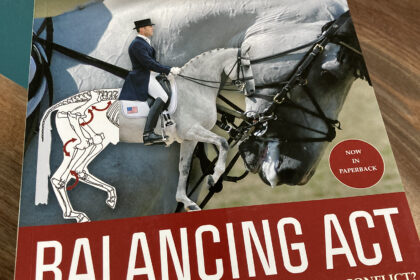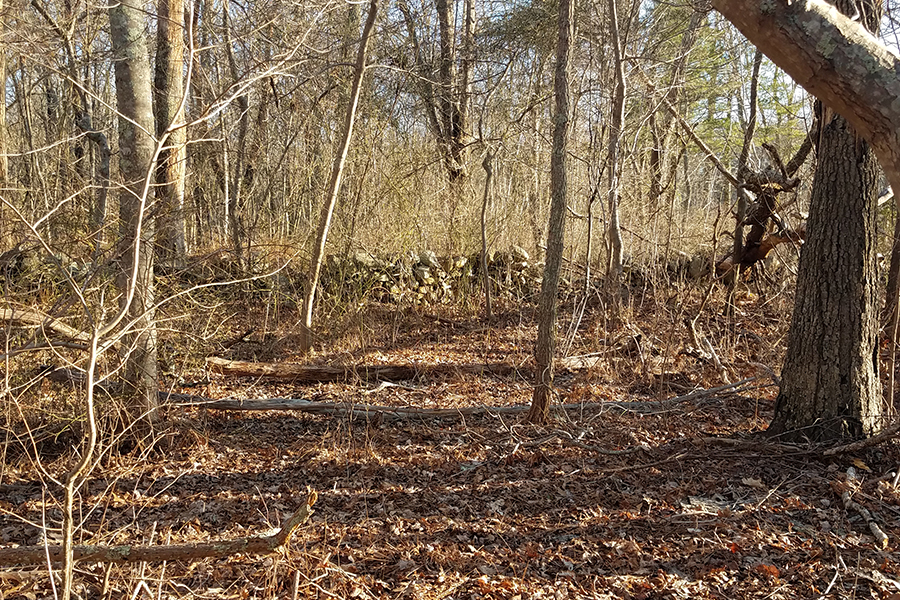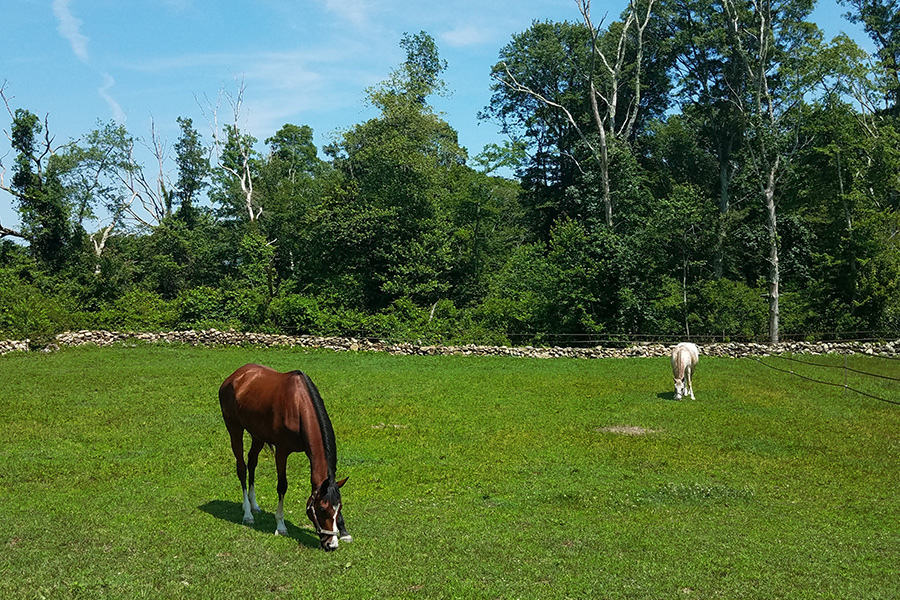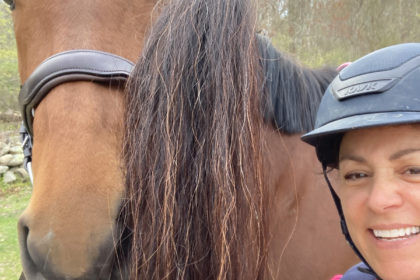Dear Barn Boss, I run a small boarding and training business in the mid-atlantic. Lessons, shows, and clinics are a part of the services I offer. We do about 6 …
Demands for Refunds

Best Practices in Horsekeeping

Dear Barn Boss, I run a small boarding and training business in the mid-atlantic. Lessons, shows, and clinics are a part of the services I offer. We do about 6 …

Rope halters, patience poles, and clickers, oh my! A recent discussion about the dangers of rope halters, patience poles, and other forms of restrictive training methods got me thinking. (Can …

Working on evolutionary biology and psychology, and I came across a paper on the evolutionary context of what we now call “ADHD”. In my graduate course on Animals & Society, …

When the most sought-after veterinarian in your state comes to treat your horse, you call the horse in from the field, reinforcing her response with a bridge signal, and all …

First ride on Clarabelle after scoping clear, and first ride since January of this year! How does one go forward with a 5-year-old off-track thoroughbred whose recent health issues are …